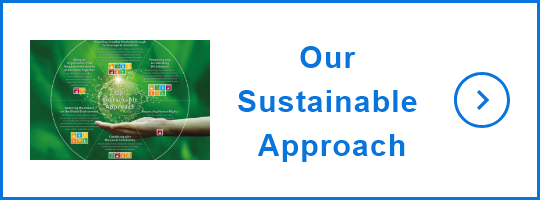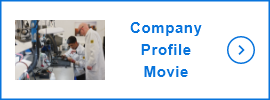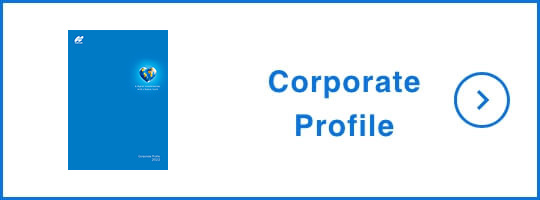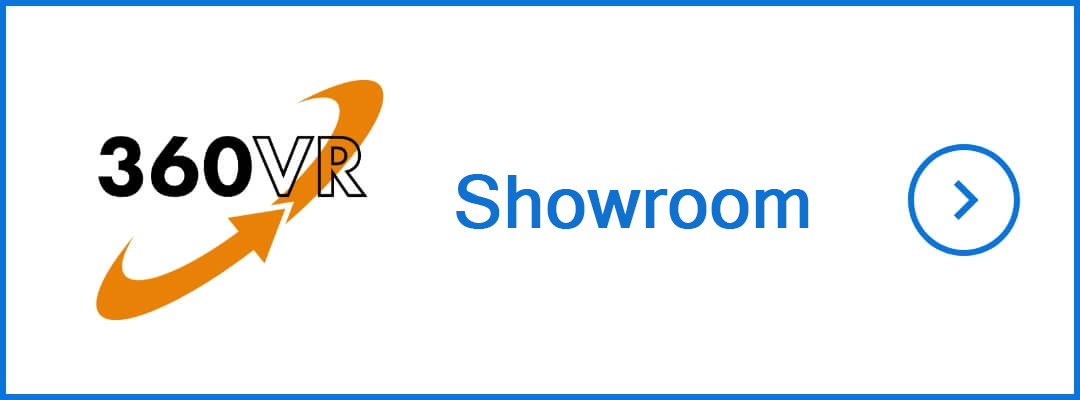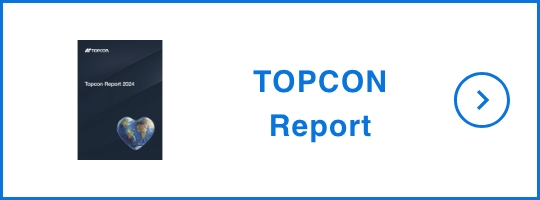Monitoring crop health to improve potato harvests
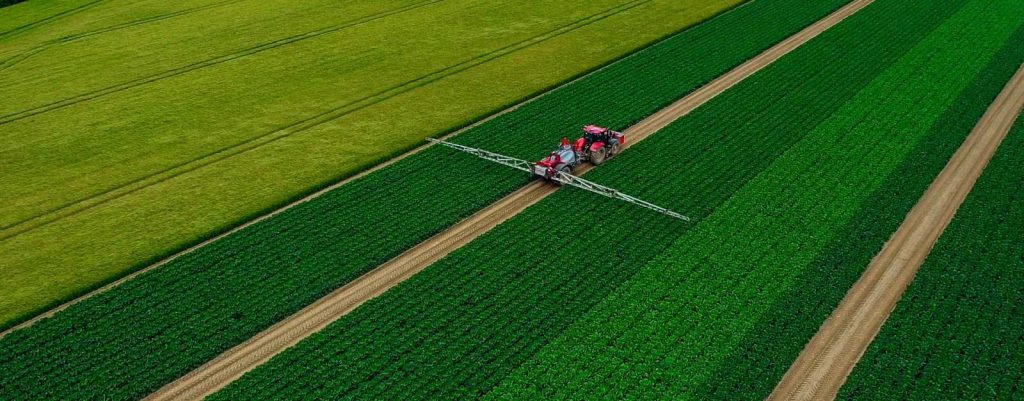
Family business Finnegan’s Farm are a potato and vegetable grower in Ireland. On their quest for better crops, they are now reaping the benefits of precision farming. They have taken to crop sensing technology, enabling them to improve their harvest by adapting to every crop’s needs.
At Finnegan’s Farm, potatoes and vegetables are grown, harvested, packed and dispatched directly to retailers across Ireland. As they are dedicated to producing the perfect product, they are always looking to improve their approach to farming. Nowadays, there is all the more reason to do so.
A more sustainable crop
“We decided to look for a new way of working as we see that farmers are going to be facing a lot of challenges going forward, environmentally and sustainably,” says John Smith, general manager at Finnegan’s Farm. “We got in touch with our Topcon distributor Wel-Tech, who was able to provide us with a system that met our demands, being a step ahead of where the demands will be coming from.”
“This is the first time CropSpec has actually been brought into Ireland,” says Craig England, technical specialist with Topcon. “The big benefit of using CropSpec is the benefit of scouting the field the year before the actual potatoes go in. Once the potatoes are going in, we can go along with a prescription map for the fertilizer output. The goal is to reduce the fertilizer input and chemical input onto the crop.”
“Desiccation is vital for our potato crop as it gives an even quality, with not too big a crop which is expected,” John Smith says. “We hope to see that the CropSpec will allow us to have a variable rate prescription on our second desiccation which will in turn reduce the inputs going into the crop, produce a healthier and more sustainable crop and also give it the quality we expect.”
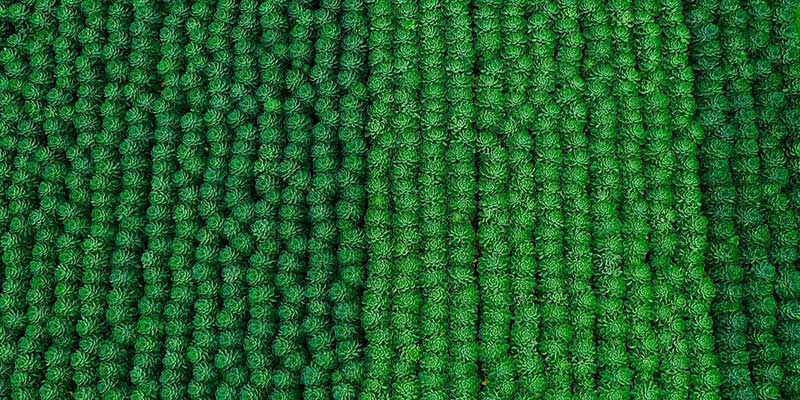
“When we did our first trials and digs, we were very impressed with what we found.
Gavin Weldon, owner, Wel-Tech
Quicker than the naked eye

CropSpec is a canopy stress sensor which is used on a tractor, mounted on the roof, and can easily be taken off and used on another tractor.
“The system can pick up problem areas before the naked eye can even see these problems,” says Gavin Weldon, owner of Wel-Tech. “When we did our first trials and digs at Finnegan’s Farm, we were very impressed with what we found. Anywhere it flagged up as being a poor area, we were able to go out, do a dig or do a visual check and see what was going on. We found there could have been an extra two to three ton per hectare of the crop yield. So we think over the next year or two we will see a big payback coming on.”
To get a closer look at the crops and make the most of CropSpec, Finnegan’s have called in a specialist for help. Paul Ward, agronomist for FarmTech Solutions, recognizes CropSpec’s value: “It’s going to improve the efficiency as to how Finnegan’s Farm approaches the agronomy in crops. We’re able to use it to look at crop health and crop establishment. We can extract data from that to apply inputs variably, and to monitor crop progress and improve crop yield and output.”

“This is going to be an important part of our work going forward.”
John Smith, general manager, Finnegan’s Farm
Understanding crop health
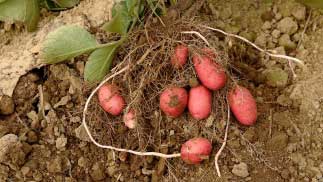
“Every time the operator goes into the field, we know exactly what goes into it, at what rate, and once he leaves the field, the information is transferred to the online system,” says John Smith. “So there’s no delay in getting the information back to the office, and there is no error either.”
How it works? Craig England explains: “With the X35 console, when the customer is out in the field doing their spraying or spreading, CropSpec is monitoring the crop and is giving us a clear picture of the weaker and stronger areas of the field. When he comes back to the yard, connecting with the CL-10 device, the field information is automatically uploaded to the TAP (Topcon Agriculture Platform) and shared with the agronomist.”
Once it has been uploaded, calculations can be performed to find out what specific parts of the potato fields need in terms of water, nutrition, etc. England: “The agronomist then comes back with a prescription map then for the desiccation of the potatoes at the final spraying just before harvest.”
“Because it’s a new piece of technology, the information is not quite yet known fully. And that’s probably the most interesting part of it,” says John Smith. “Every day we use this system, we get a better understanding of our crop health and what the crop actually requires. This is going to be an important part of our work going forward in our business and our farming practices.”


